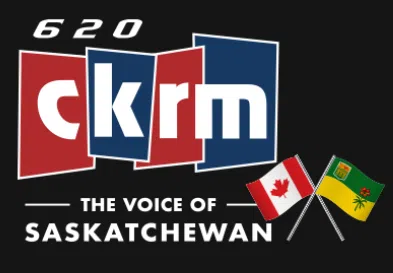The President and CEO of the Saskatchewan Cattlemen’s Association says a few things from Friday’s AgriRecovery announcement surprised him.
The federal government announced a $77-million investment into Saskatchewan’s AgriRecovery program to help producers financially impacted by drought this season.
Grant McLellan says he hoped the announcement came around the same time as the province’s in August, but still appreciates the support.
He thought the federal government’s contribution was too low.
“The provincial government when they made their announcement in August, they came to the table with $70-million so typically…those BRM (Business Risk Management) programs are funded at 40 percent by the province and 60 percent by the federal government and 70 (million) and 77 (million) doesn’t quite equal 40 and 60 (percent).” McLellan said. “We were anticipating a higher number coming from the federal government.”
An eligibility map was provided by the provincial government, showing most R.M.s are eligible except for areas around Regina, Humboldt, Wynyard, and Meadow Lake.
McLellan was surprised by how many Rural Municipalities are eligible, but wonders how producers, who are close to the boundaries, will be affected.
“We were a little bit surprised that all of the areas have been included because we were led to believe that this map would more closely reflect either the Livestock Tax Deferral Program or the (Canadian) Drought Monitor Map that they have. This does capture more areas perhaps than we anticipated – that doesn’t necessarily mean that we don’t think that there are areas that still have been missed – but again we were a bit surprised of the boundaries of the map.”
As part of the application, producers need to submit receipts of “extraordinary expenses” for, among other things, purchasing feed and transportation costs related to hauling feed or animals.
Producers who are approved may receive up to $150 per head, but McLellan was expecting $200 per head.
“Again, we were a bit surprised that the number right now probably works out to – when you take the federal and provincial dollars – somewhere between $160 and $165 a head, if you work that math out. With that $150 initially, that means there’s about $15 per head that’s still out there and we don’t have details on exactly how that’s going to be distributed or who’s going to be received that funding, but we expect to be having conversations again with the provincial government as this plan rolls out.”
Farmers can start applying this week, as and online application will be available at SCIC.ca.

